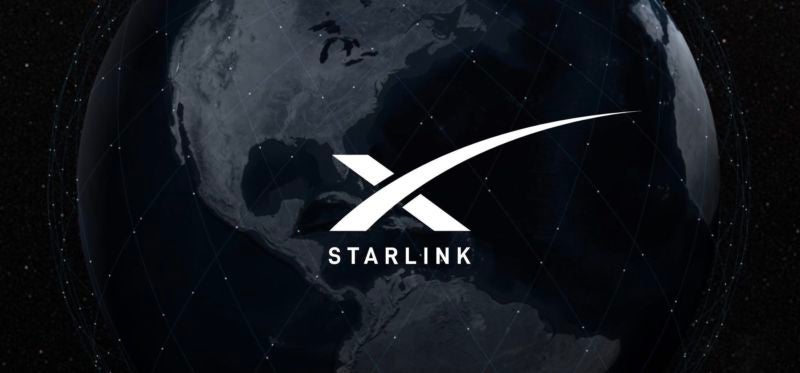Latest News

Starlink image by SpaceX
The FCC approved part of SpaceX’s application for the second generation of the Starlink constellation, which will allow SpaceX to deploy up to 7,500 satellites. The order was a partial approval, because SpaceX had requested approval for 29,988 satellites, and the order also put additional constraints on the system.
The FCC’s partial approval released Dec. 1 worked to strike a balance of approving the system in order to bridge the digital divide, while protecting against orbital debris and spectrum interference and responding to other operators’ concerns.
“Gen2 Starlink … will bring next generation satellite broadband to Americans nationwide, including those living and working in areas traditionally unserved or underserved by terrestrial systems. Our action also will enable worldwide satellite broadband service, helping to close the digital divide on a global scale,” the FCC said, arguing that approving Gen 2 is in the public interest.
SpaceX argued to the FCC that the Gen2 Starlink constellation will provide faster speeds, lower latency, more backhaul capacity, and the ability to serve more customers, and be a pro-competitive force in the American market. The operator told the FCC that Gen2 will “help close the homework gap, facilitate telework and telehealth, improve precision agriculture technology, and support first responders and national security needs.”
“At the same time,” the FCC continued, “this limited grant and associated conditions will protect other satellite and terrestrial operators from harmful interference and maintain a safe space environment, promoting competition and protecting spectrum and orbital resources for future use.”
The FCC granted SpaceX’s request to deploy up to 7,500 satellites operating at altitudes of 525, 530, and 535 km and inclinations of 53, 43, and 33 degrees, respectively, using frequencies in the Ku- and Ka-band. The commission did not approve SpaceX’s proposed use of E-band frequencies and tracking beacons.
According to the order, SpaceX had launched more than 3,500 satellites in the first generation of its Low-Earth Orbit (LEO) Starlink constellation as of October 2022. Gen1 is approved for up to 4,425 satellites.
SpaceX also has authorization for an additional constellation of 7,518 very-low-Earth orbit (VLEO) Starlink satellites using the V-band frequencies, but the operator committed to incorporating those V-band operations into its Starlink Gen2 system instead of launching a separate system. Therefore, the FCC noted that this order does not increase the number of approved Starlink satellites because SpaceX will now launch up to 7,500 Gen2 satellites, including V-band operations.
The FCC also put a number of conditions on SpaceX relating to orbital debris and interference to mitigate comments and arguments from numerous satellite operators including Amazon Kuiper, EchoStar, SES, Viasat, OneWeb, and more. The National Telecommunications and Information Administration (NTIA) also submitted letters on behalf of NASA.
SpaceX is now required to submit a twice-annual report on the number of satellites launched and disposal failures. The report must include: the number of conjunction events and the number of events that resulted in an action; satellites that were removed from operation; satellites that re-entered the atmosphere; failed satellites; and any collision avoidance system outages.
The FCC said: “if the cumulative number of years for all failed satellites exceeds 100, SpaceX must cease satellite deployment while the sources of satellite failure are reviewed to determine whether there are any adequate and reliable mitigation measures going forward.”
The FCC also argued that the smaller number of satellites will allow for continued monitoring versus the initial request of nearly 30,000 satellites.
In addition the FCC denied Visast’s request for an environmental impact statement on the constellation. The FCC concluded it was “not required in connection with this particular licensing action.”
There are other conditions outlined in the order related to spectrum coordination.
Stay connected and get ahead with the leading source of industry intel!
Subscribe Now